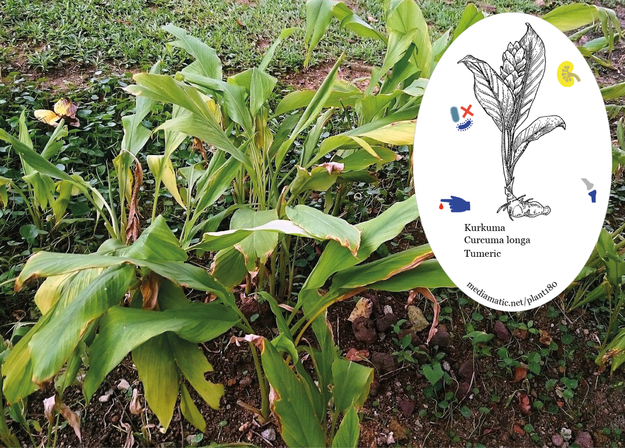Curcuma longa has been extensively utilized in Indonesia as medicinal and nutritional plants since immemorial time. The rhizome of this plant is an important ingredient for jamu formulation (Indonesian traditional medicine). C. xanthorrhiza is traditionally used to treat several ailments such as lack of appetite, stomach disorder, liver illness, constipation, bloody diarrhea, dysentery, arthritis, children’s fevers, hypotriglyceridaemia, hemorrhoids, vaginal discharge, rheumatism, and skin eruptions. To date, over 40 active compounds, including terpenoids, curcuminoids, and other phenolic compounds, have been isolated and identified from C. xanthorrhiza Roxb. Some pharmacological tests reported that C. xanthorrhiza Roxb. has antioxidant, antimicrobial, anti-inflammatory, anticancer and antitumor, antidiabetic, and skincare and hepatoprotective properties. Efforts for biotechnologically production of C. xanthorrhiza have also been conducted, resulting in some micropropagation protocols of this plant. Source: Javanese Turmeric (Curcuma xanthorrhiza Roxb.): Ethnobotany, Phytochemistry, Biotechnology, and Pharmacological Activities
Tumeric
Curcuma longa
Find more about this plant on Wikipedia.
